What is CNC Machining?
What is CNC Machining? An Overview of the CNC Machining Process
CNC machining is a manufacturing process in which pre-programmed computer software dictates the movement of factory tools and machinery. The process can be used to control a range of complex machinery, from grinders and lathes to mills and routers. With CNC machining, three-dimensional cutting tasks can be accomplished in a single set of prompts.
Short for "computer numerical control" the CNC process runs in contrast to — and thereby supersedes — the limitations of manual control, where live operators are needed to prompt and guide the commands of machining tools via levers, buttons and wheels. To the onlooker, a CNC system might resemble a regular set of computer components, but the software programs and consoles employed in CNC machining distinguish it from all other forms of computation.
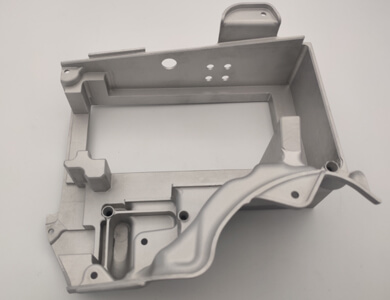
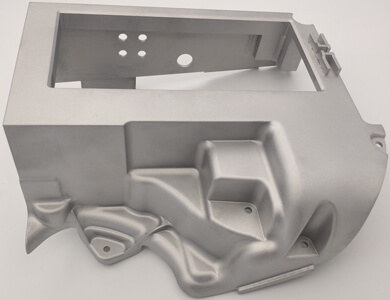
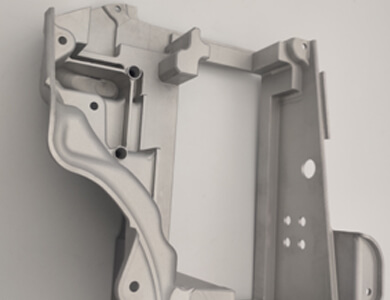
How Does CNC Machining Work?
When a CNC system is activated, the desired cuts are programmed into the software and dictated to corresponding tools and machinery, which carry out the dimensional tasks as specified, much like a robot.
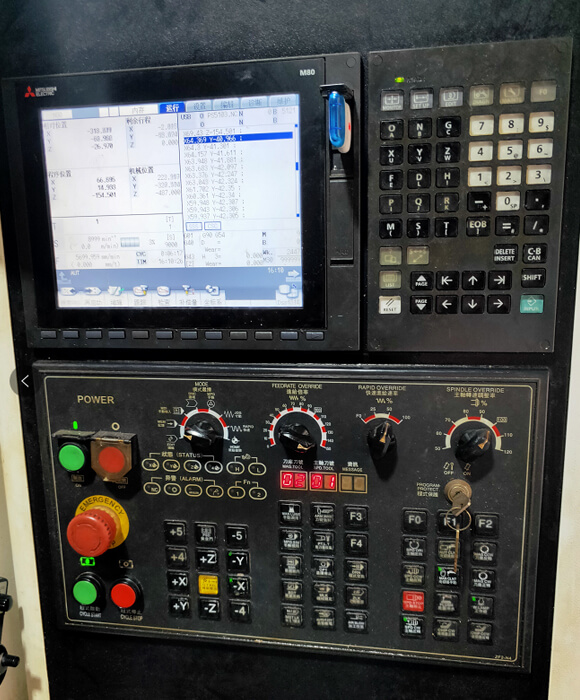
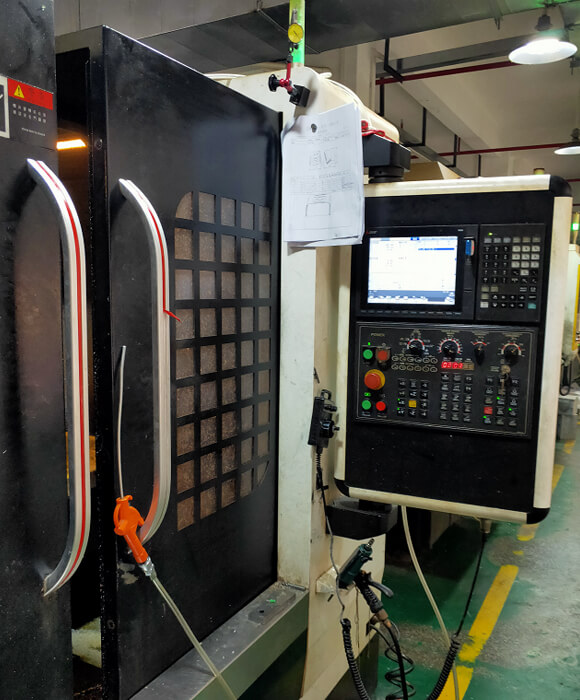
In CNC programming, the code generator within the numerical system will often assume mechanisms are flawless, despite the possibility of errors, which is greater whenever a CNC machine is directed to cut in more than one direction simultaneously. The placement of a tool in a numerical control system is outlined by a series of inputs known as the part program.
With a numerical control machine, programs are inputted via punch cards. By contrast, the programs for CNC machines are fed to computers though small keyboards. CNC programming is retained in a computer's memory. The code itself is written and edited by programmers. Therefore, CNC systems offer far more expansive computational capacity. Best of all, CNC systems are by no means static, since newer prompts can be added to pre-existing programs through revised code.
CNC Machine Programming
In CNC, machines are operated via numerical control, wherein a software program is designated to control an object. The language behind CNC machining is alternately referred to as G-code, and it’s written to control the various behaviors of a corresponding machine, such as the speed, feed rate and coordination.
Basically, CNC machining makes it possible to pre-program the speed and position of machine tool functions and run them via software in repetitive, predictable cycles, all with little involvement from human operators. Due to these capabilities, the process has been adopted across all corners of the manufacturing sector and is especially vital in the areas of metal and plastic production.
For starters, a 2D or 3D CAD drawing is conceived, which is then translated to computer code for the CNC system to execute. After the program is inputted, the operator gives it a trial run to ensure no mistakes are present in the coding.
Open/Closed-Loop Machining Systems
Position control is determined through an open-loop or closed-loop system. With the former, the signaling runs in a single direction between the controller and motor. With a closed-loop system, the controller is capable of receiving feedback, which makes error correction possible. Thus, a closed-loop system can rectify irregularities in velocity and position.
In CNC machining, movement is usually directed across X and Y axes. The tool, in turn, is positioned and guided via stepper or servo motors, which replicate exact movements as determined by the G-code. If the force and speed are minimal, the process can be run via open-loop control. For everything else, closed-loop control is necessary to ensure the speed, consistency and accuracy required for industrial applications, such as metalwork.
CNC Machining is Fully Automated
Any given work piece could necessitate a variety of machine tools, such as drills and cutters. In order to accommodate these needs, many of today's machines combine several different functions into one cell. Alternately, an installation might consist of several machines and a set of robotic hands that transfer parts from one application to another, but with everything controlled by the same program. Regardless of the setup, the CNC process allows for consistency in parts production that would be difficult, if not impossible, to replicate manually.
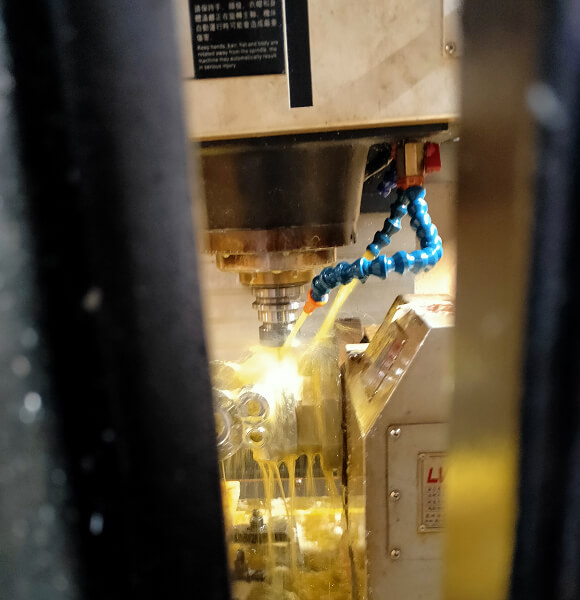
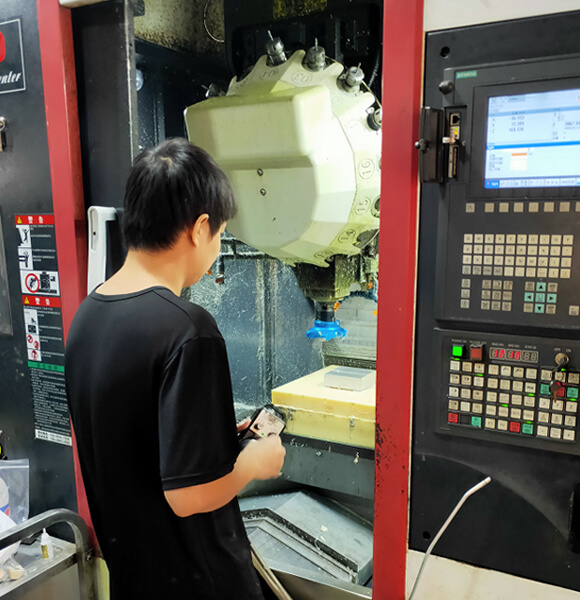
The Different Types Of CNC Machines
The vast majority of today's CNC arsenals are completely electronic. Some of the more common CNC-operated processes include ultrasonic welding, hole-punching and laser cutting. The most frequently used machines in CNC systems include the following:
CNC Mills
CNC mills are capable of running on programs comprised of number- and letter-based prompts, which guide pieces across various distances. The programming employed for a mill machine could be based on either G-code or some unique language developed by a manufacturing team. Basic mills consist of a three-axis system (X, Y and Z), though most newer mills can accommodate three additional axes.
Lathes
In lathe machines, pieces are cut in a circular direction with indexable tools. With CNC technology, the cuts employed by lathes are carried out with precision and high velocity. CNC lathes are used to produce complex designs that wouldn’t be possible on manually run versions of the machine. Overall, the control functions of CNC-run mills and lathes are similar. As with the former, lathes can be directed by G-code or unique proprietary code. However, most CNC lathes consist of two axes — X and Z.
Plasma Cutters
In a plasma cutter, material is cut with a plasma torch. The process is foremost applied to metal materials but can also be employed on other surfaces. In order to produce the speed and heat necessary to cut metal, plasma is generated through a combination of compressed-air gas and electrical arcs.
Electric Discharge Machines
Electric-discharge machining (EDM) — alternately referred to as die sinking and spark machining — is a process that molds work pieces into particular shapes with electrical sparks. With EDM, current discharges occur between two electrodes, and this removes sections of a given work piece. When the space between the electrodes becomes smaller, the electric field becomes more intense and thus stronger than the dielectric. This makes it possible for a current to pass between the two electrodes. Consequently, portions of a work piece are removed by each electrode.
In a process known as flushing, debris from each finished work piece is carried away by a liquid dielectric, which appears once the current between the two electrodes has stopped and is meant to eliminate any further electric charges.
Water Jet Cutters
In CNC machining, water jets are tools that cut hard materials, such as granite and metal, with high-pressure applications of water. In some cases, the water is mixed with sand or some other strong abrasive substance. Factory machine parts are often shaped through this process.
Water jets are employed as a cooler alternative for materials that are unable to bear the heat-intensive processes of other CNC machines. As such, water jets are used in a range of sectors, such as the aerospace and mining industries, where the process is powerful for the purposes of carving and cutting, among other functions. Water jet cutters are also used for applications that require very intricate cuts in material, as the lack of heat prevents any change in the materials intrinsic properties that may result from metal on metal cutting.
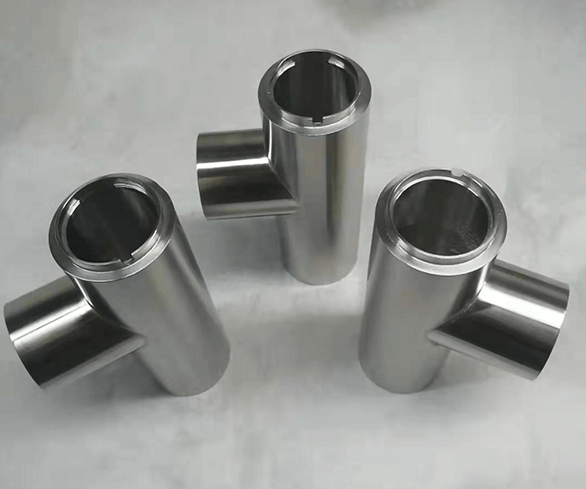
What Else Can A CNC Machine Do?
As plenty of CNC machine video demonstrations have shown, the system is used to make highly detailed cuts out of metal pieces for industrial hardware products. In addition to the aforementioned machines, further tools and components used within CNC systems include:
- Embroidery machines
- Wood routers
- Turret punchers
- Wire-bending machines
- Foam cutters
- Laser cutters
- Cylindrical grinders
- 3D printers
- Glass cutters
When complicated cuts need to be made at various levels and angles on a work piece, it can all be performed within minutes on a CNC machine. As long as the machine is programmed with the right code, the machine functions will carry out the steps as dictated by the software. Providing everything is coded according to design, a product of detail and technological value should emerge once the process has finished.
Faulty CNC Machine Programming
CNC machining is not exactly a foolproof process. In some instances, either a work piece or the machine itself could be directed in a harmful way. When this happens, a crash might occur, whereby tools or machine parts end up broken. The tools that could get damaged by a crash may include the vices or clamps that hold the work piece in place. When damage occurs within the machine, it could range from minor screw breakage to serious structural deformity.
The fact is, CNC equipment lacks the sentience to know exactly which distances are too far. Therefore, the tools must be exactly programmed in order to work without fault. If a program code is miscalculated, a CNC machine could be driven outside its physical bounds and cause an internal collision. Even though most of today’s CNC machines are manufactured with parameter boundaries, these inputs can be manipulated by operators.
Likewise, CNC tools are oblivious to a given environment. While certain CNC machines are equipped with spindle load sensing, others lack this feature. In the latter case, the software must be coded properly to ensure nothing goes off parameter, otherwise a crash would be the likely outcome. Even if a CNC machine is equipped with load sensors, a crash could still occur. When a tool function goes astray, it’s up to the operator to rectify the situation.
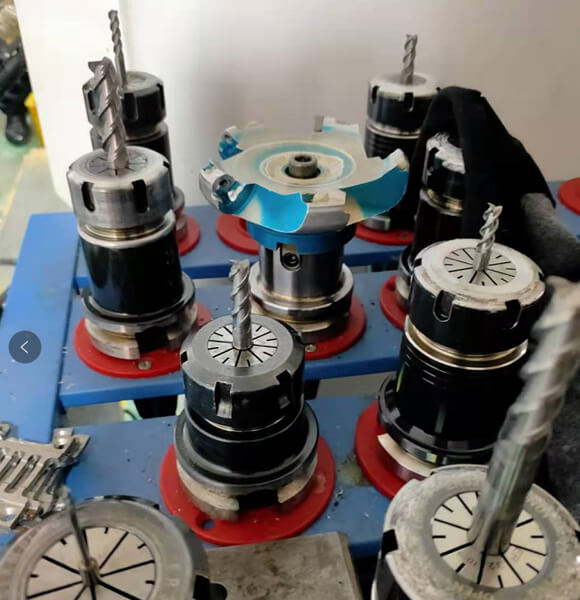
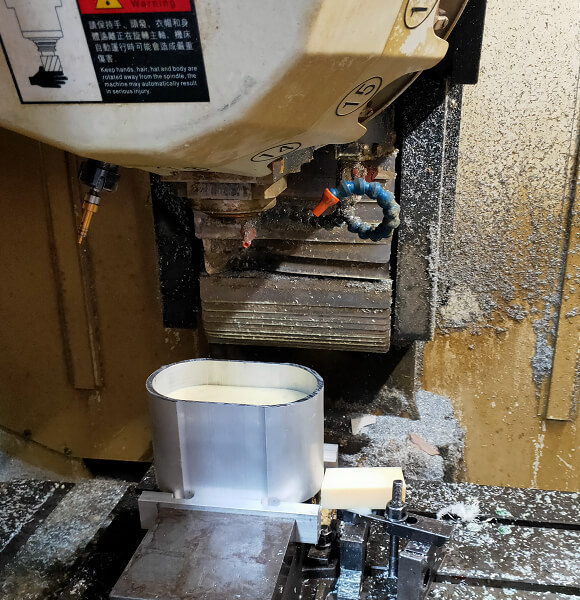
Crash Prevention on Different Types of CNC Machines
With the installation of encoder-disk position sensors, the possibility of a crash can be detected in advance and thwarted. Alternately, torque sensors can help determine whether a CNC machine is moving as intended and also detect unwanted cutting.
In garage CNC systems, tools are reliant on the rotational precision of stepper motors for the correct number of degrees. To monitor the tool position, the pulses that go to the stepper must be counted, because in most cases, there’s no form of alternate monitoring.
On industrial CNC machines, closed-loop controls are employed, whereby the control always knows the axis position. If properly controlled, the potential for crashes is significantly lowered, though it’s still the responsibility of programmers to see that codes are inputted accurately for utmost safety.
HY Prototypes — Custom Machinery And Precision Parts Specialists
CNC machining is one of the most critical functions of the manufacturing sector, from the production of computer parts and fasteners to auto parts and aerospace components. Without the high-tech capabilities unique to CNC machines, various components seen on everyday household items would be nearly impossible to produce. As the engineers who’ve undergone CNC machine training will attest, the coding that makes it possible for a CNC machine to mold metal parts into shape is complex.
At HY Prototypes, we've specialized in the making of custom machines and fabrication for more than a quarter of a century. Our CNC machines are programmed to the exact specifications of each customer by our team of in-house experts. Additionally, we’ve expanded into several related areas of expertise, including machine design, panel wiring, reverse engineering and metal fabrication.
Having satisfied a vast range of clients across the industrial sector over the past 15+ years, we understand the importance of delivering things on time and exactly to the customer’s specifications. By the same token, we understand customers often have questions about the various aspects of CNC machining. We make it a point to answer all questions about the pieces and parts we prepare for customers.
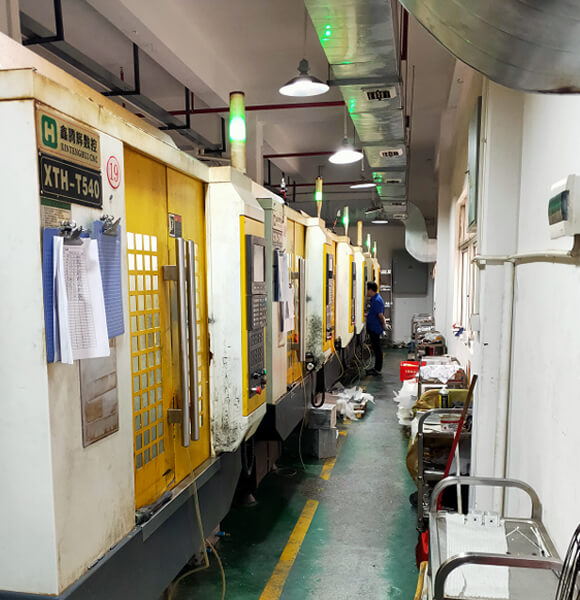
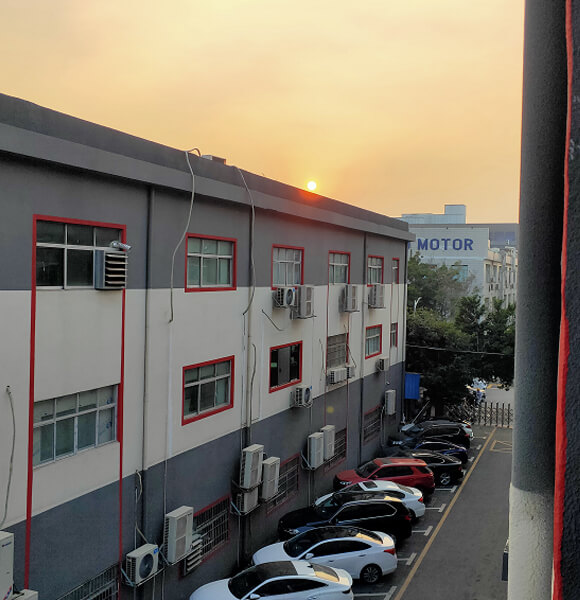
Another extension of our capabilities here at HY Prototypes is our expertise in the various tools and processes of CNC machining, from lathes and saws to routers and turning centers. Furthermore, our reverse engineering service allows us to customize parts for pre-existing or outdated components. These services and others are performed in our service. Contact us for more information on our machining capabilities.



